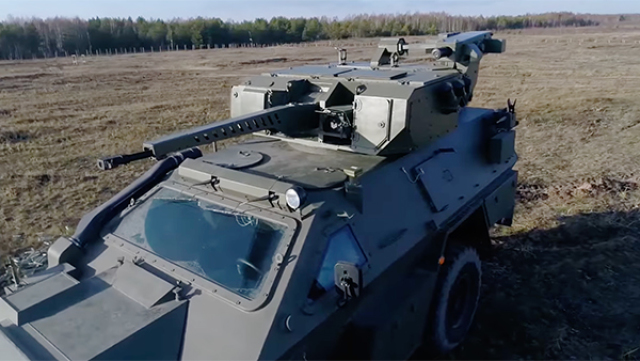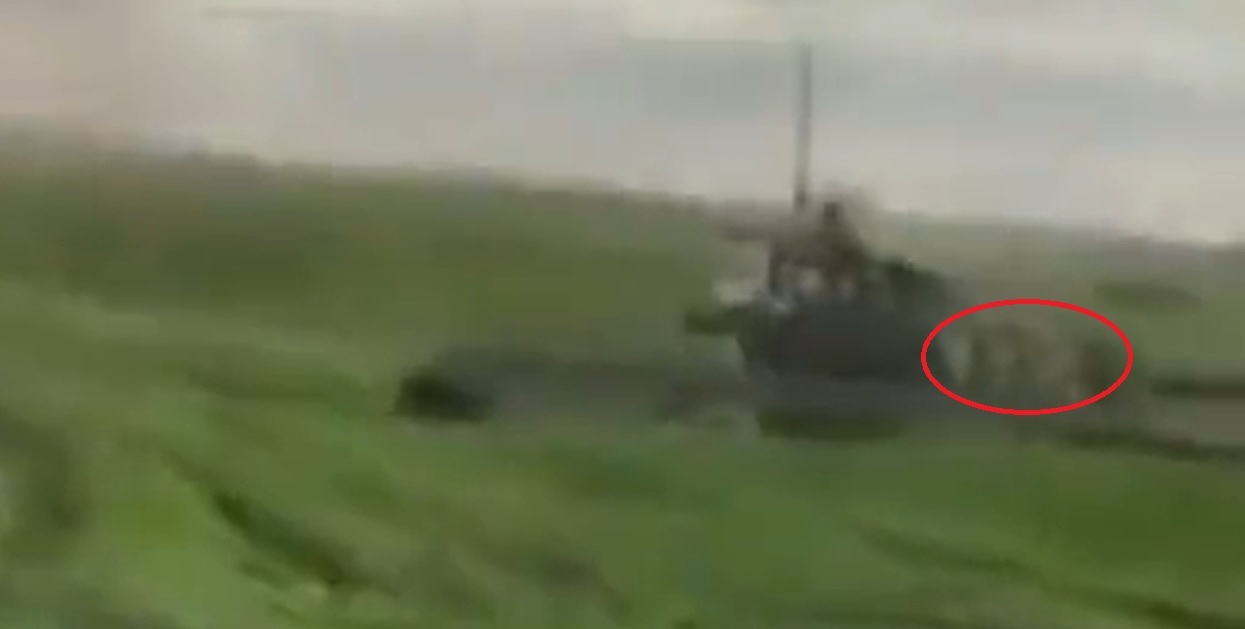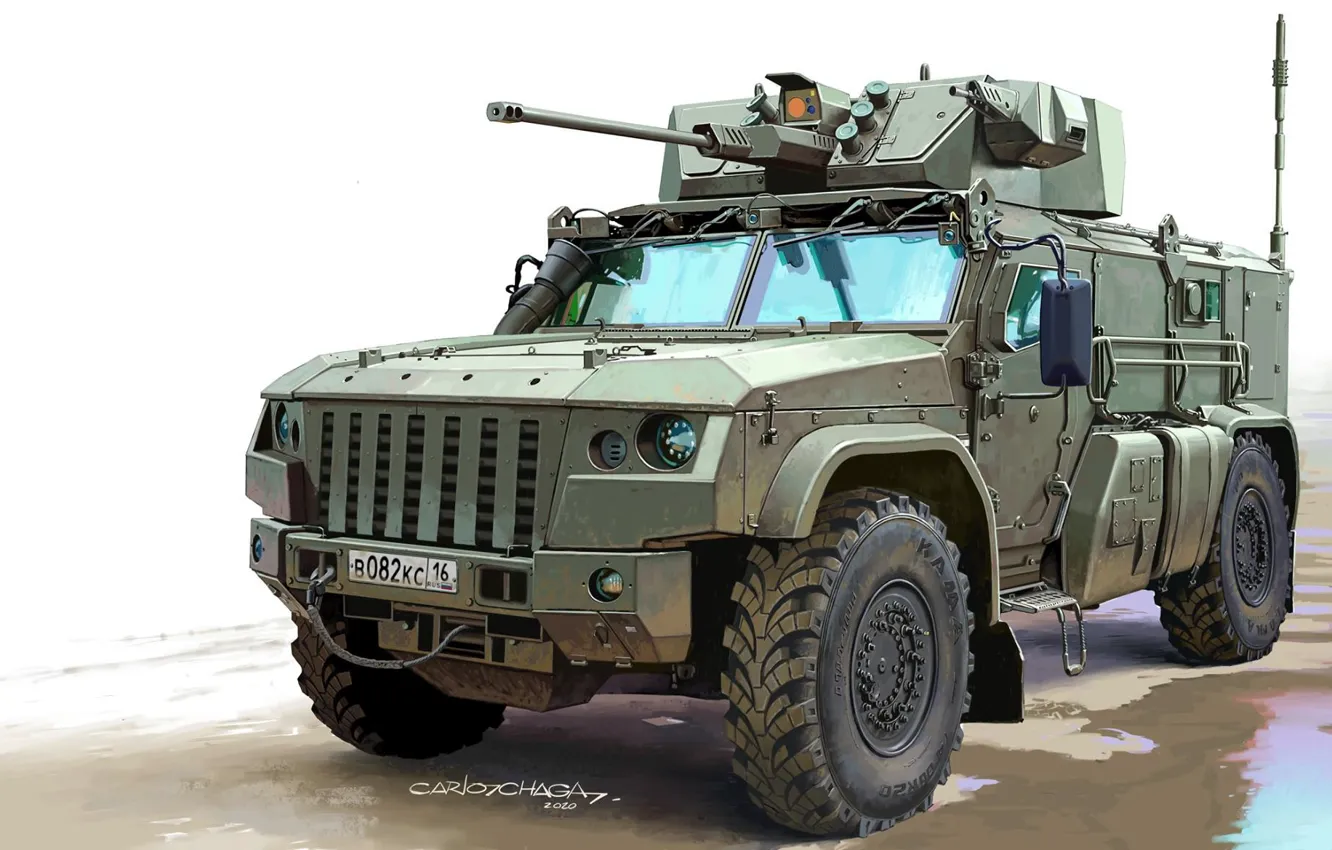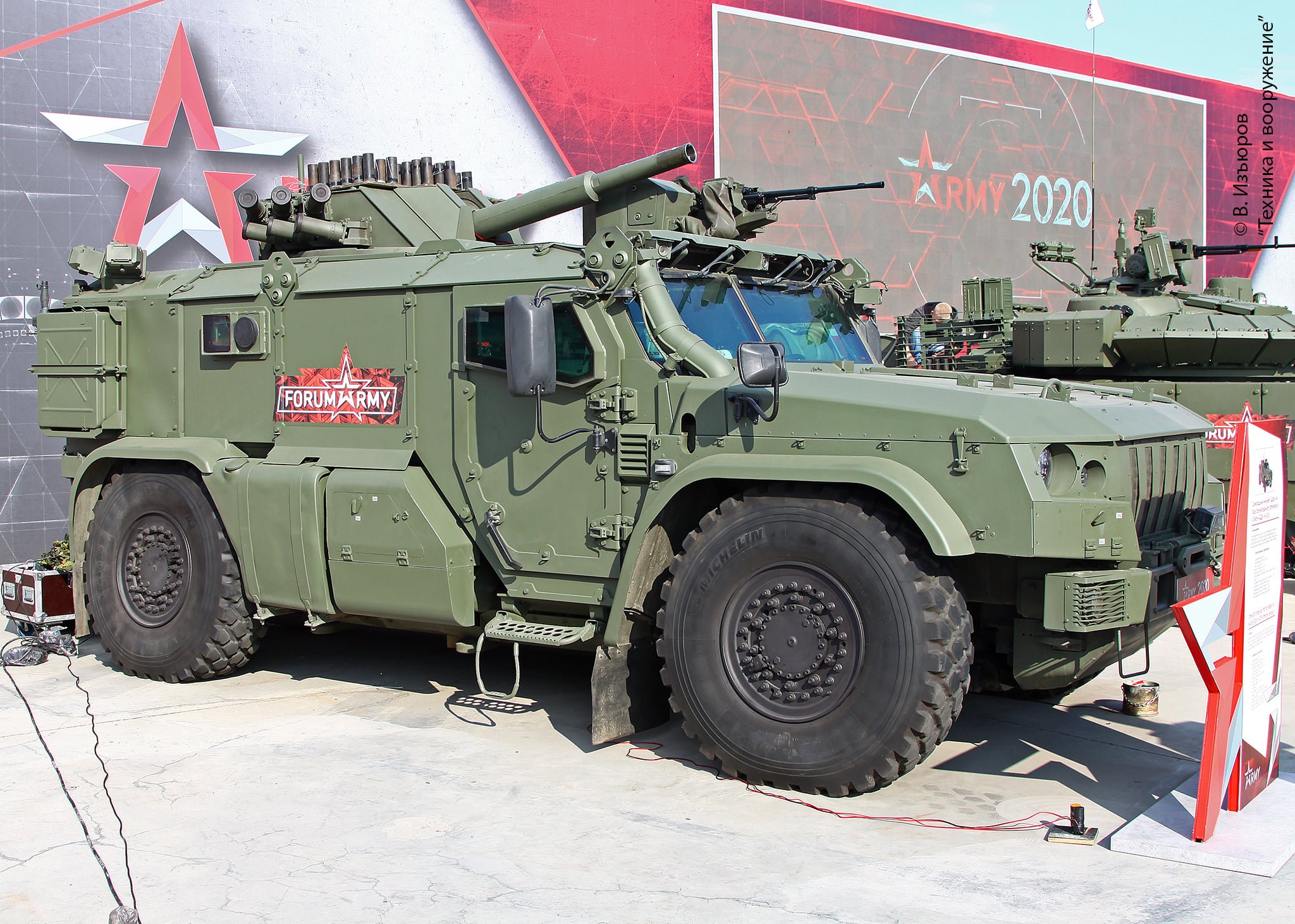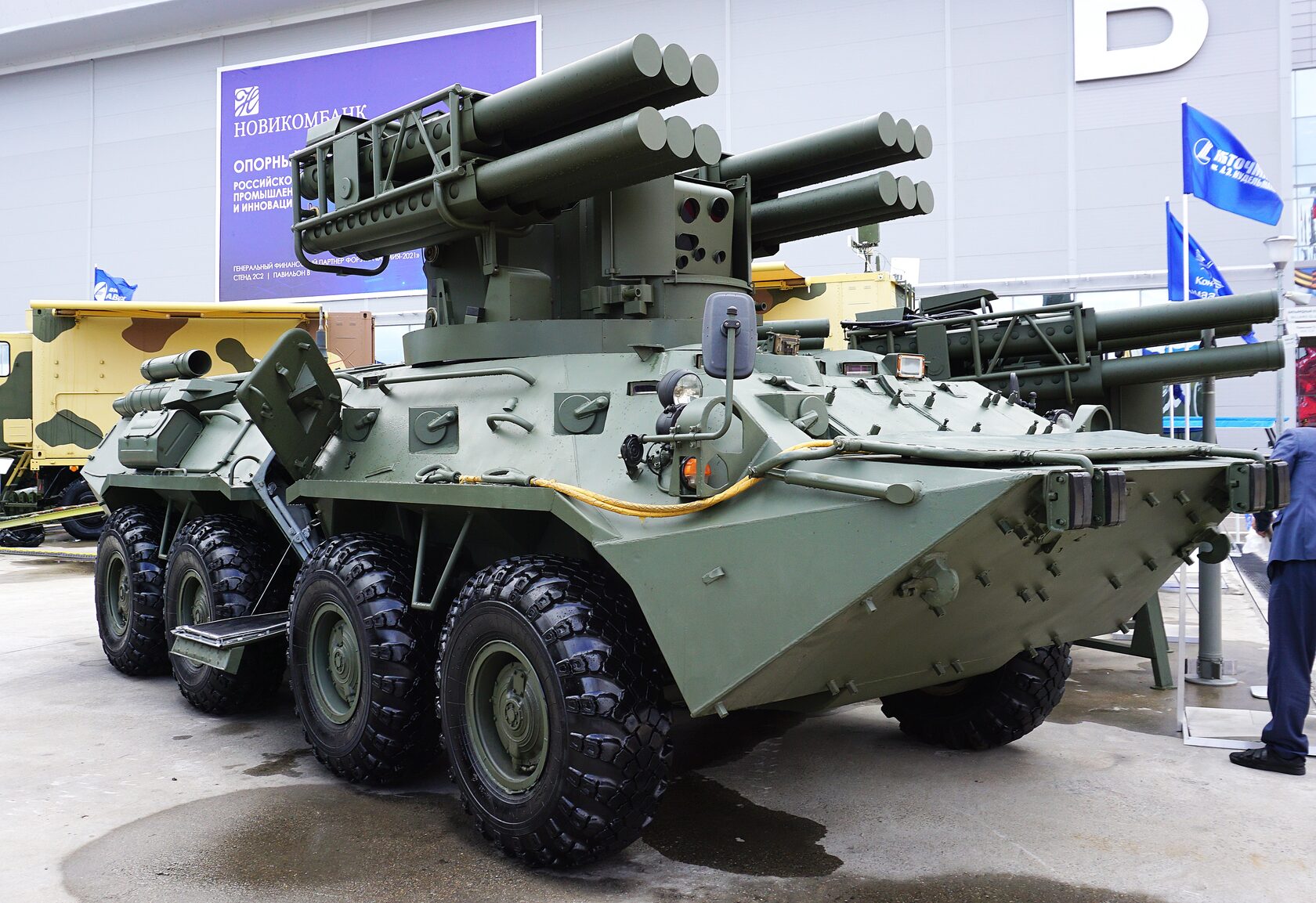The special operation in Ukraine revealed another nuance of modern wars – the active use of light armored vehicles in combat. It is high-speed and maneuverable, overcomes long distances faster than tanks, in addition to automatic guns and machine guns, it can be equipped with anti-tank and anti-aircraft missiles. Why does Ukraine use them more than the Russian army? Tanks are still in price and are used to break through the front line, although their effectiveness in the course of ITS is subject to some criticism.
First of all, because of the extensive contact line, where there are not enough tanks on both sides. This applies more to the Ukrainian army – due to the lack of their supplies, with the exception of Soviet-designed tanks transferred in some quantities by Poland and Slovenia. As a result, the APU changed the "horses at the ferry" and switched to "armored cars". Including homemade and even handicraft production.
Actually, it is difficult to call the Ukrainian "alterations" a "jihad-mobile" (as the alterations of SUVs with a machine gun, automatic cannon or multiple launch rocket system are sometimes called). Moreover, the Ukrainian Armed Forces prefer to use a variety of light foreign armored vehicles. Quite professionally made.
There are still exceptions. As, for example, with the "modernization" of the American HMMWV (a highly mobile multi-purpose wheeled vehicle, in fact, an army cargo van with light armor, designed mainly for the transportation of personnel). Ukrainian craftsmen have attached their combat module with automatic weapons to this highly passable and high-speed car. A typical example of a modern "wheelbarrow", which Kiev is undoubtedly proud of – a non-lethal Hummer has turned into a combat vehicle.
Taking into account the fact that the United States has handed over several hundred such cars to Ukraine from 2015 to the present, this is a kind of "flying squad" on wheels as part of the Armed Forces of Ukraine. And it is actively used during the counter-offensives of the Ukrainian army in some sectors of the front (however, with the support of heavier equipment).
"The APU has been asking for armored vehicles so much that they don't really need homemade ones," reserve Colonel Gennady Alekhine told the newspaper VZGLYAD. – That is, they have not yet reached the point of putting DShK in the back of pickups. Yes, the Ukrainian army actively uses light armored vehicles. The current theater of operations, which is mainly steppe areas, small forests and forest belts, is most suitable for high-speed and less vulnerable to artillery armored jeeps.
When conducting counter-offensives, such equipment is used as reconnaissance vehicles, support vehicles for sabotage groups. There are a large number of them, and even with low armament, these "cars" cause a lot of problems to the allied forces."
On earth, after all, direct analogues of "jihad mobiles" are also used. In many ways, this is really due to the insufficient equipment of the APU with standard equipment. We are not talking about the lack of products, they actually really begged a lot. In the APU, due to a number of subjective circumstances, American and Western equipment in general is distributed unevenly among brigades and individual units. Some brigades and even nationalist detachments are simply forced to use what they got, and not what they requested.
In addition, there is also the amateur activity of individual commanders. So, the maximum number of "jihad mobiles" for the entire time of the SVO was noticed in the area of the village of Peski, where local AFU officers "knew better" what tactics they should choose. And these were classic "jihad mobiles" of artisanal production, just like from Africa or Syria and with the same tactics of use: jumped out of a forest plantation, shot back and bounced back.
Sometimes such an exotic technique is used even in the framework of counter-battery warfare. A pair of "jihad mobiles" are moving on the outskirts of the forest and distracting the enemy with their chaotic shooting. In the end, someone breaks down and calls artillery fire on this little forest. And that's all they were waiting for. The coordinates of the battery are immediately detected.
On the other hand, the very presence of "jihad mobiles" and other lightly armored vehicles testified to the tactical scheme used by some units of the Armed Forces of Ukraine. As a matter of fact, the APU has only two tactics in the framework of counter-offensive actions.
The first consists in assembling a tank fist on a narrow section of the front against one or another fortified area of the allies, usually a specific village. Everything is tactically clear here.
The second scheme: the use of numerical advantage through waves of advancing light infantry. In this case, lightly armored vehicles and "jihad mobiles" are used as a breakthrough tool.
The APU, using such a scheme, attacks the flanks of the allied positions. And the cars are moving at speed to bypass the positions, creating a threat to the environment or the appearance of such a threat. Imported light vehicles are further used as "minibuses", delivering light infantry to new positions. This is about how events unfolded north of Balakleya, where there were physically not enough allied troops to create a solid front of defense. The Ukrainian light infantry entered the gaps, making full use of the numerical advantage.
It is impossible to call this a full-fledged use of battalion tactical groups (BTG), since the planning of such operations is situational and, if I may say so, one-time. In other words, the combat use of "jihad mobiles" and light armored vehicles is very limited. Everything depends on the ingenuity of this or that commander and on the fleet of equipment that he has.
The APU, indeed, unlike the tank fleet, has a large set of light armored vehicles. And Ukraine itself has achieved the greatest success in the field of arms production precisely on armored personnel carriers. In addition to the modernized equipment from Soviet times (which received Ukrainian names), Kiev also has its own developments. These are armored vehicles "Novator", "Varta", "Kozak-2", Raptor, the number of which was about 300 vehicles at the beginning of 2022. There are much more wheeled armored vehicles transferred by the USA, Great Britain, Italy, Australia, partly by France and Switzerland.
"A full–fledged armored personnel carrier or an armored personnel carrier, and even more so a tank, cannot be replaced on the battlefield by any "cars"," the former commander of the 58th army, Lieutenant General Anatoly Khrulev, told the newspaper VZGLYAD. – It's all about their weak reservation and light weapons, therefore, their purpose is to accompany columns, intelligence activities, transfer of personnel, evacuation of the wounded.
Another thing is that such equipment is necessary, it is not by chance that light armored vehicles have been widely developed in many armies of the world. The presence of a wide range of weapons makes such "biting mosquitoes" quite an unpleasant feature for the enemy. I repeat, after all, this is a second-tier technique."
The Russian army also has a kind of "tachanok" analog in service, which can also include a military version of the Patriot UAZ, which can be equipped with a large-caliber 12.7 mm Kord machine gun and an AGS-30 automatic grenade launcher. There are also various kinds of buggies in the military version, among which we can name the tactical buggy "Chabor M-3", which is positioned as a product of "Chechenavto". However, this is rather exotic, such a technique is partially used by fighters of the Special Operations Forces and special forces of the Russian Guard.
The Ministry of Defense of the Russian Federation prefers armored vehicles of serial industrial production, which are equipped with modular weapons. Basically, the army version is built on the basis of the Tiger armored car, which can be equipped with both 30-mm automatic guns and ATGM or MANPADS.
Now, for example, it has become known that such new combat modules (their production began in May of this year) as the BM-30-D "Spokes" are being used in the SVO zone. They were installed on armored vehicles "Typhoon-airborne" and "Shot", it is possible to mount them on other wheeled or tracked vehicles. The module itself is equipped with a 30-mm 2A42 automatic cannon and a 7.62-mm 6P7K machine gun, and the placement of the AGS-30 is also provided. The Spokes sight is equipped with a television and thermal vision channel, as well as a laser rangefinder. To call an armored car with such weapons a "wheelbarrow" does not turn the tongue.
In any case, the use of one or another type of armored vehicles in the Armed Forces of the Russian Federation is determined by the statutes and combat schedules. And there is simply no such thing as a "car". That is, those units that do not always obey the general staffing table can afford such exotics. For example, this is the Wagner PMCs, which also got the hang of using light armored vehicles as a full-fledged replacement for heavy, primarily tanks. "Wagnerians" know how to use all this and can.
But this is only a special case. In the Armed Forces of the Russian Federation there is no concept of "light infantry", and accordingly there are no units that could be fully equipped with high-speed lightly armored vehicles on a regular basis. Perhaps this is a matter of time, because the greater the variability of tactics, the better. The variety of tactical schemes should correspond to the technical equipment of specialized units.
Evgeny Krutikov, Viktor Sokirko
